Did you know that tea plants can respond to their environment in ways similar to animals? Groundbreaking research by Jagadis Chandra Bose has shown that plants, including tea plants, exhibit responses that are akin to emotions. This discovery in plant neurobiology offers exciting possibilities for improving how we grow and cultivate tea.
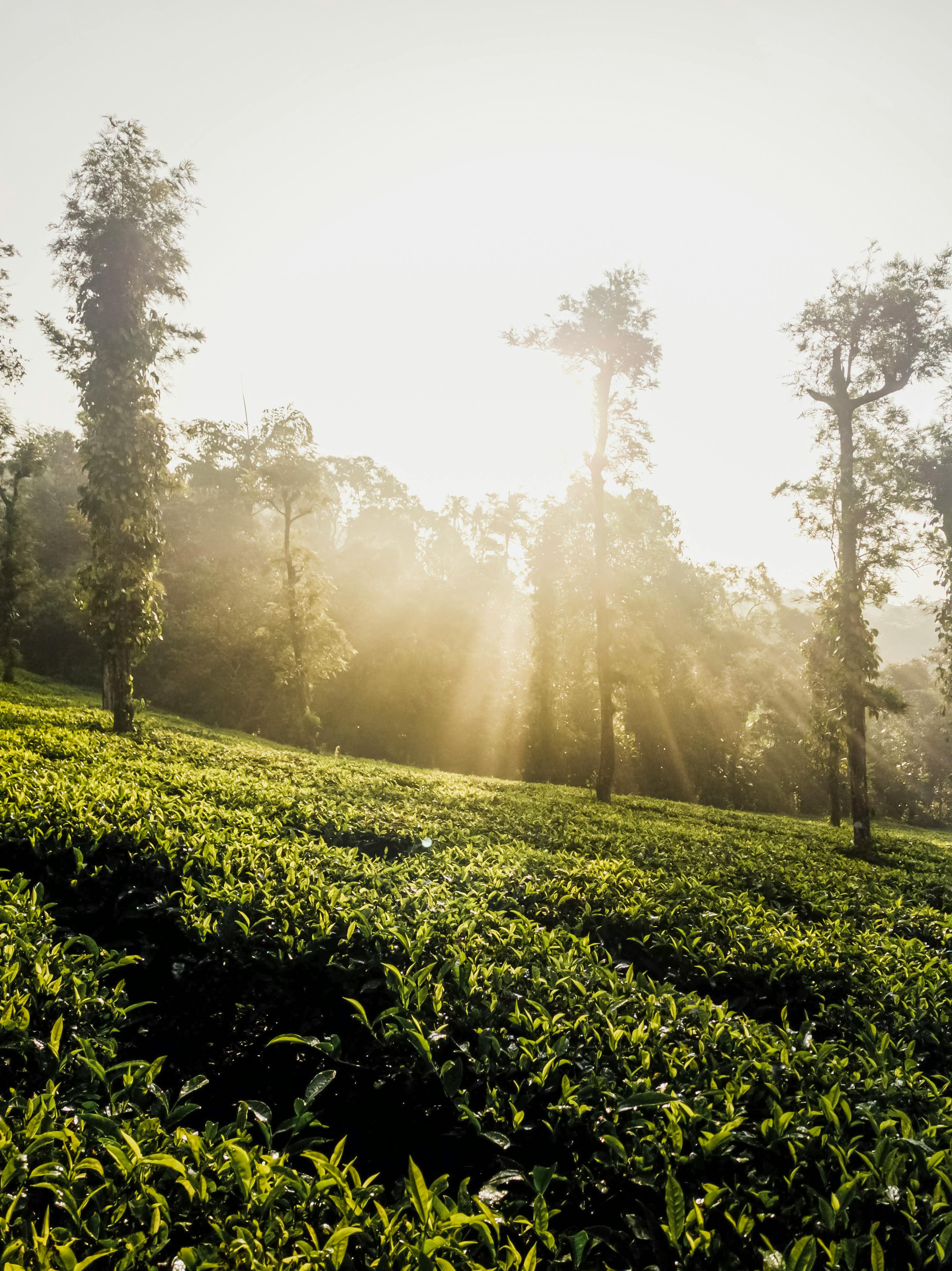
Jagadis Chandra Bose's research revolutionized our understanding of plants. He demonstrated that plants are not passive entities but exhibit signs of life similar to animals. Bose discovered that plants respond to various stimuli, showing signs of movement, growth, and even pain. This concept of plant intelligence has significant implications for how we cultivate and care for our tea plantations.
Key Discoveries by Jagadis Chandra Bose
- Response to Stimuli: Bose's experiments showed that plants respond to mechanical, thermal, and electrical stimuli. He used a crescograph to measure plant growth and responses, proving that plants have a nervous system-like network.
- Communication: Plants communicate through electrical signals. When a part of a plant is injured, electrical impulses are sent to other parts, triggering a defensive response.
- Sensitivity: Bose's research highlighted that plants can perceive their environment, responding to light, temperature, and touch.
“The telltale charts of my crescograph are evidence for the most skeptical that plants have a sensitive nervous system and a varied emotional life.” – Jagadis Chandra Bose
The Intelligence of Tea Plants
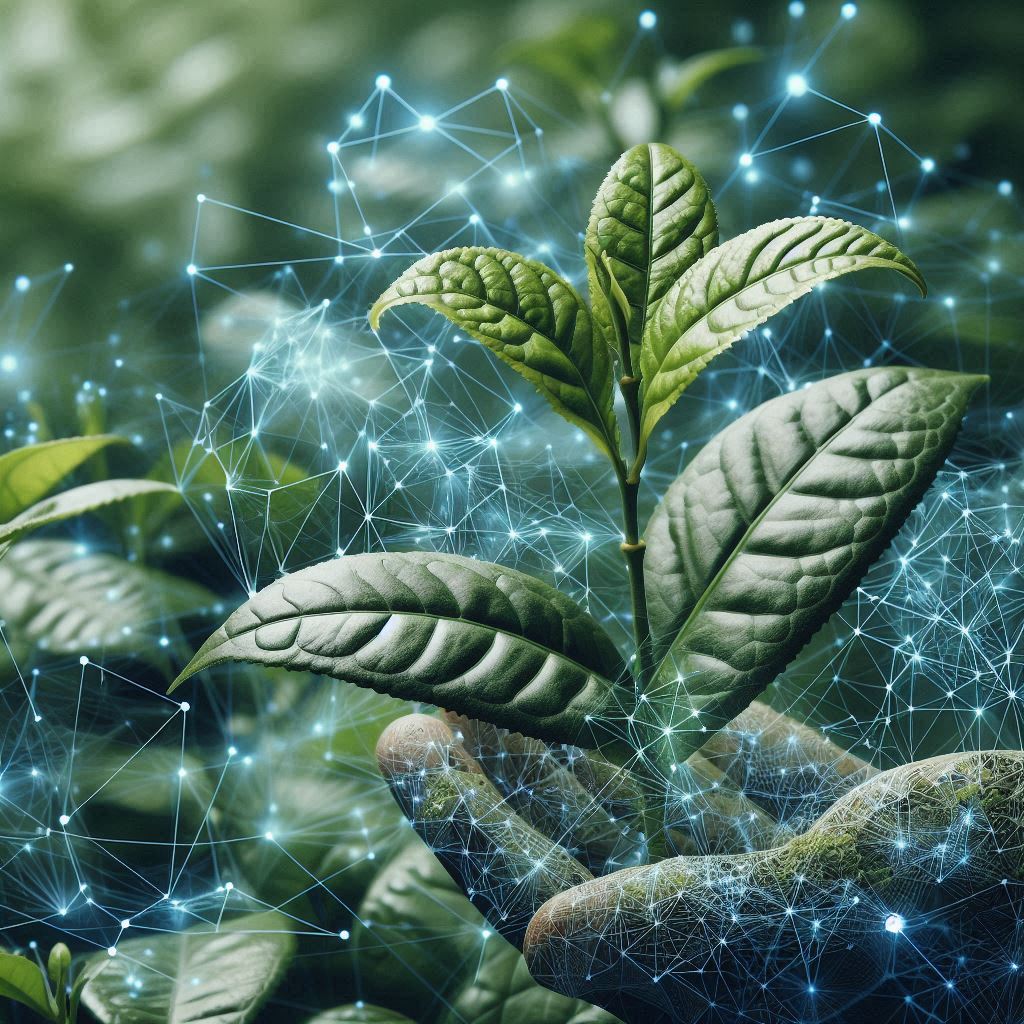
Jagadis Chandra Bose's pioneering work demonstrated that plants respond to stimuli in ways previously thought to be exclusive to animals and humans. This means that tea plants can react to their surroundings, significantly affecting their growth and quality.
- Responsive Plants: Bose’s research shows that plants have a sensitive nervous system and a varied emotional life. Tea plants can feel and respond to stimuli like light, sound, and touch.
- Emotional Indicators: Tea plants can show signs of stress or happiness, which can be monitored to optimize growing conditions and improve tea quality.
- Sustainable Practices: Understanding plant responses can lead to more sustainable farming practices, enhancing both plant health and yield.
Applying Bose’s Insights to Tea Plantations
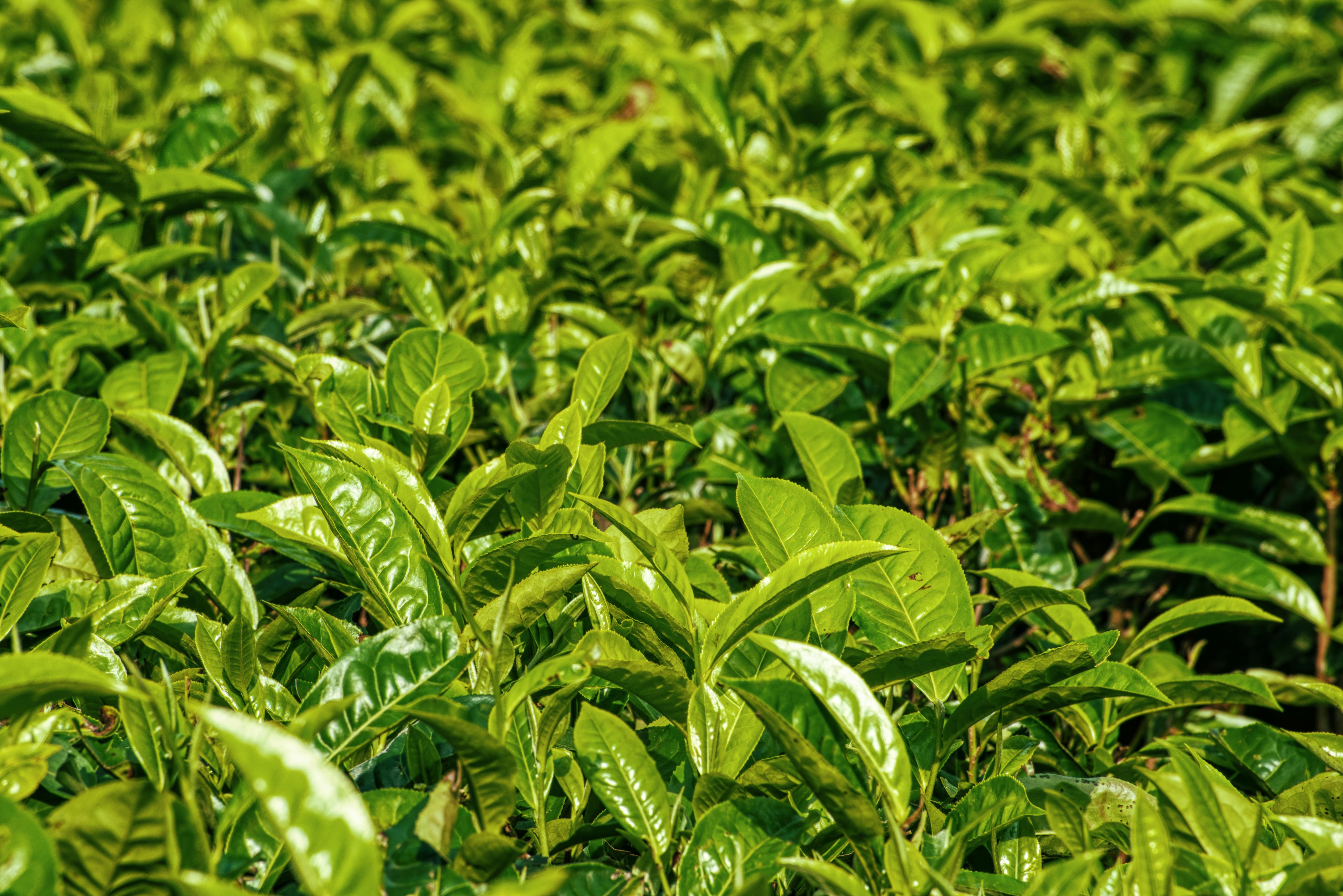
- Improving Plant Health: Understanding how tea plants respond to environmental stressors can help farmers implement better care practices, ensuring healthier and more resilient crops.
- Optimizing Growth Conditions: By monitoring how tea plants react to different stimuli, farmers can optimize light, water, and soil conditions to enhance growth and yield.
- Pest Management: Insights into plant communication can lead to innovative pest management strategies, reducing the need for harmful pesticides.
“You saw how any slight outside interference is detrimental to the sensitive tissues.” – Jagadis Chandra Bose
The Art of Plant Communication

Building on Bose’s findings, Pam Montgomery, a celebrated author and plant spirit healing practitioner, emphasizes the innate ability we have to communicate with plants. Montgomery suggests that effective communication is fundamental to building a successful relationship, even with plants.
- Common Union: Montgomery explains that the word 'communication' contains 'communion,' which breaks down to 'common union.' This highlights the importance of finding common ground with plants.
- Green Breath: Our breath is intertwined with plants through the exchange of oxygen and carbon dioxide. Becoming aware of this "green breath" can transform our interaction with plants into a profound experience.
- Heart Coherence: Positive impulses such as gratitude can help align our hearts with nature, creating a coherent state that enhances our bond with plants.
Stressed Plants ‘Cry’—and Some Animals Can Hear Them
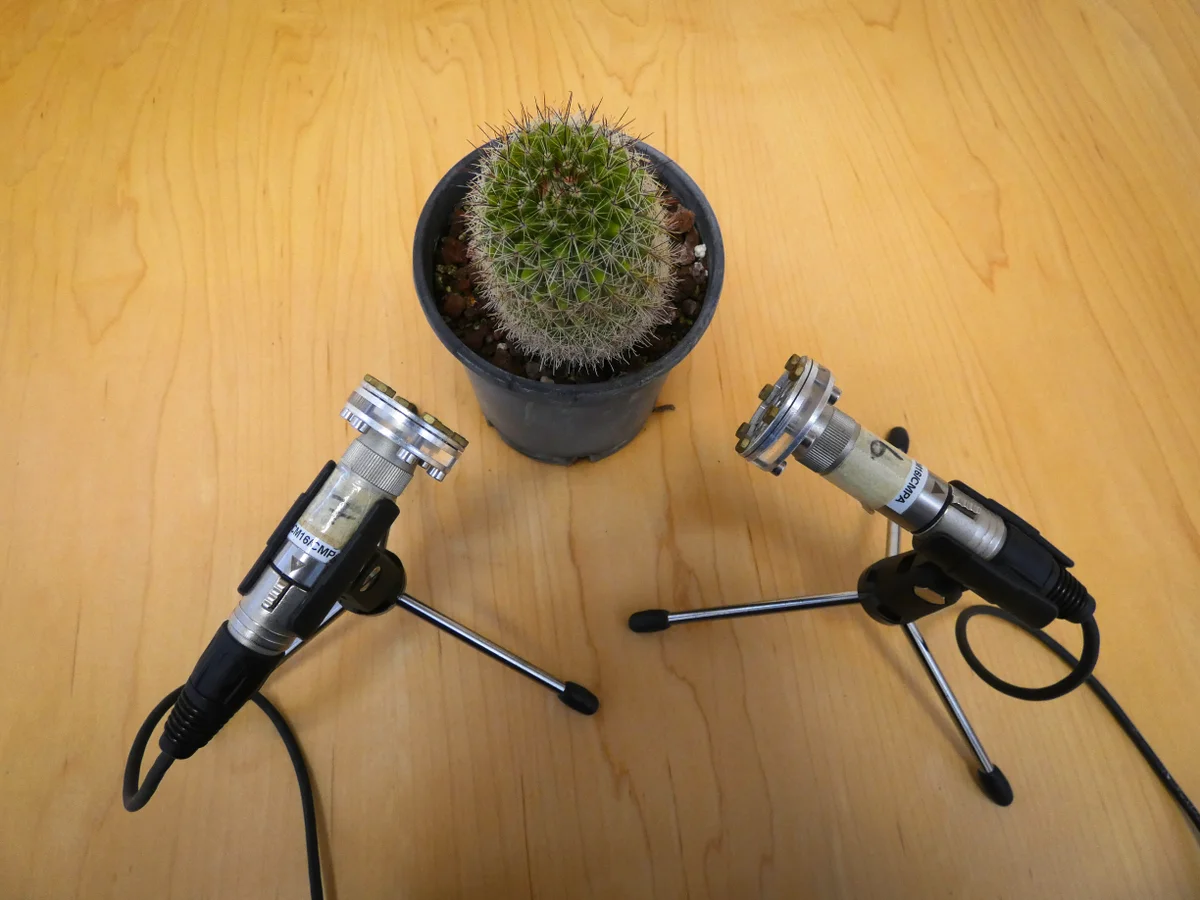
Research showing water-stressed or injured plants emitting high-pitched sounds could have implications for horticultural monitoring. Lilach Hadany. The image is sourced from here.
Recent research has uncovered that stressed or thirsty plants emit ultrasonic sounds. This fascinating discovery adds another layer to our understanding of plant communication and stress response.
- Crying Crops: Studies show that plants, including those in the tea family, emit high-pitched sounds when water-deprived or physically injured. These ultrasonic noises, while inaudible to humans, can potentially be heard by certain animals such as bats and mice.
- Sound Mechanism: The sounds are believed to result from air bubbles forming and breaking in the plant's xylem. This process, more likely during drought stress, could be compared to tiny popping noises.
- Horticultural Implications: These findings suggest new ways to monitor plant health and stress in tea plantations using advanced audio technology.
Practical Steps for Farmers
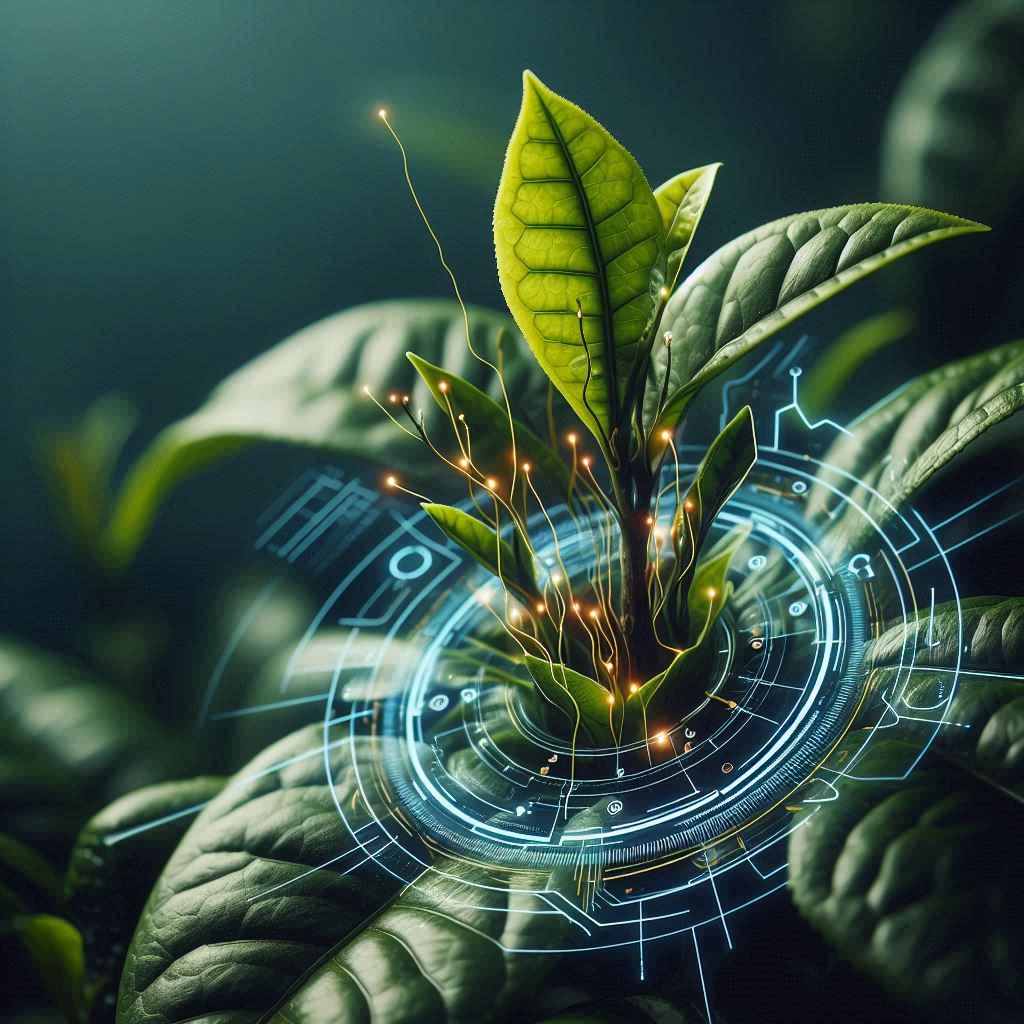
- Regular Monitoring: Use technology to monitor plant responses to ensure they are growing under optimal conditions.
- Stress Reduction: Minimize plant stress by maintaining consistent watering schedules and protecting plants from extreme temperatures.
- Soil Health: Regularly test soil and use organic fertilizers to maintain soil health, which directly impacts plant vitality.
Impact of Tea Pluckers on Plant Health
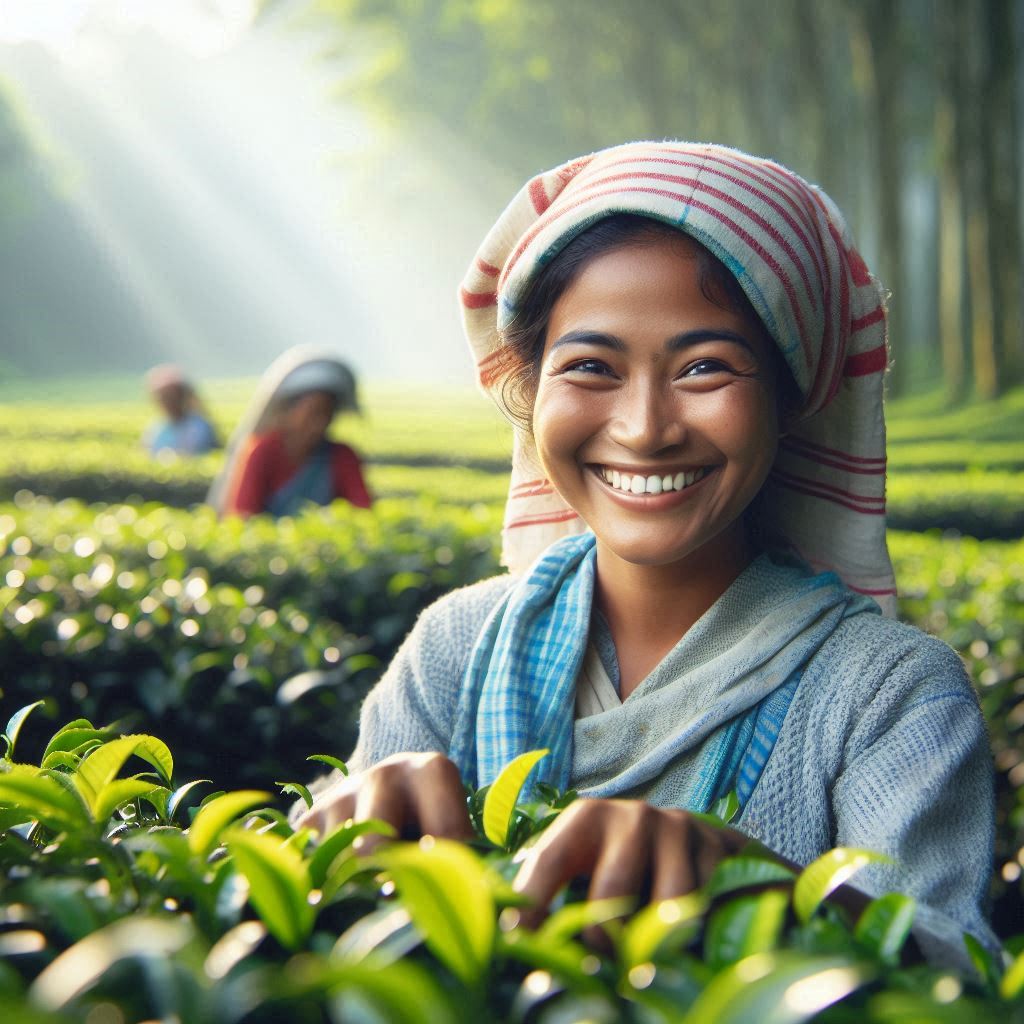
The mood and approach of tea pluckers can directly affect the health and quality of tea plants:
- Positive Influence: Happy and gentle tea pluckers can positively impact the emotional state of tea plants, promoting better growth.
- Stress Management: Recognizing the impact of human interaction, training pluckers to handle plants carefully can reduce plant stress and improve yields.
- Ethical Farming: Ensuring the well-being of both tea pluckers and plants can lead to a more harmonious and productive plantation.
Transforming Tea Cultivation
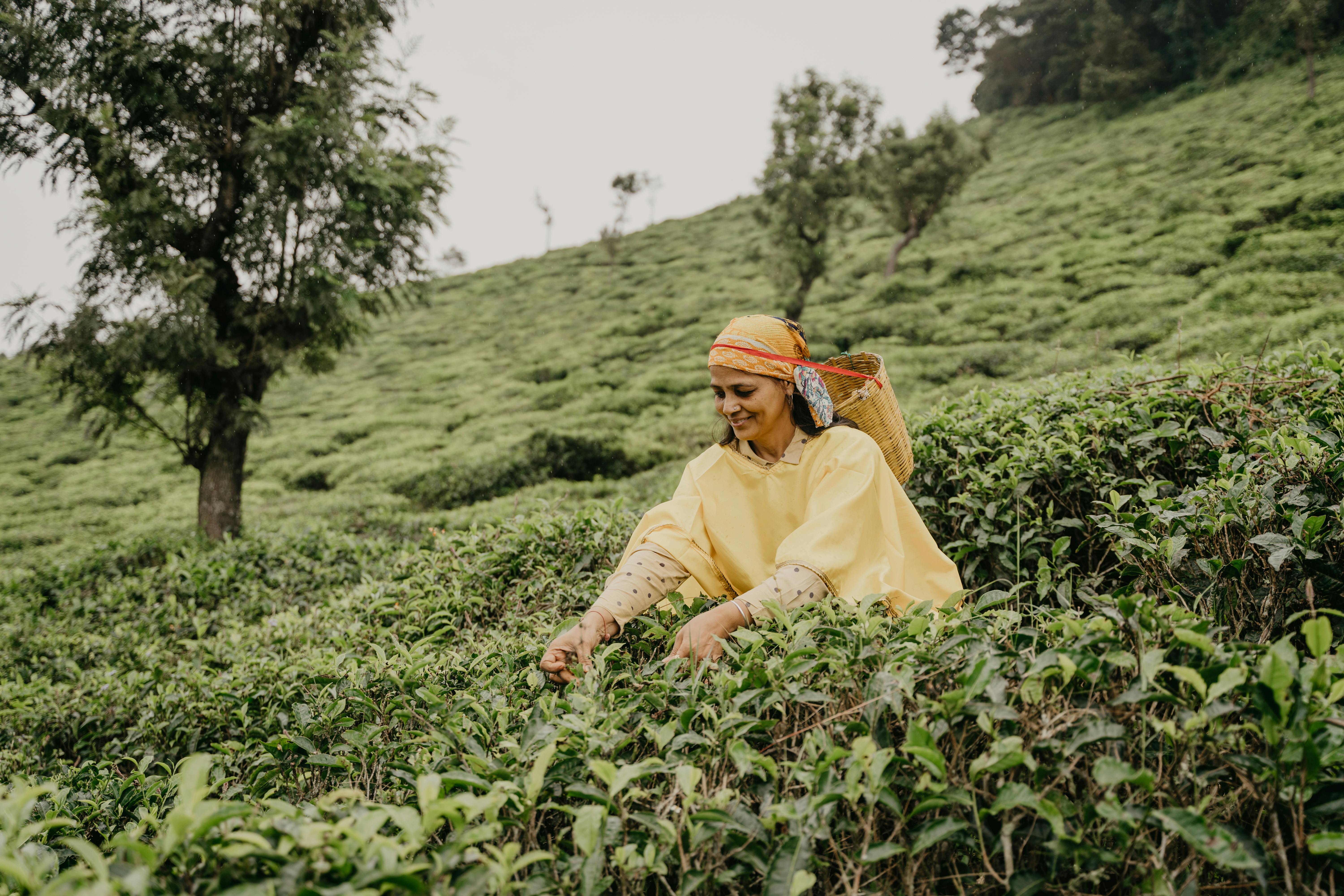
Bose’s findings provide a foundation for innovative approaches to tea farming:
- Improved Quality: By monitoring the emotional health of tea plants, farmers can produce higher-quality tea leaves.
- Ethical Farming: Sustainable and ethical farming techniques can ensure the well-being of tea plants, leading to better yields and a healthier environment.
- Advanced Techniques: Using Bose's discoveries, farmers can adopt advanced techniques that align with the natural responses of tea plants, ensuring optimal growth conditions.
Practical Applications
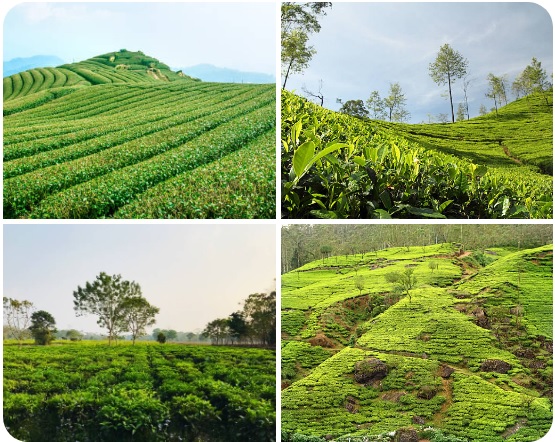
Bose’s research, combined with insights from plant communication, can transform tea cultivation practices:
- Fertilizer Use: Quick laboratory experiments using Bose's instruments can indicate the influence of various fertilizers on plant growth.
- Stress Management: Monitoring plant stress levels can help in managing the health of tea plantations.
- Climate Adaptation: Understanding how tea plants respond to different environmental conditions can aid in adapting to climate change.
"The more deeply we perceive, the more striking becomes the evidence that a uniform plan links every form in manifold nature." – Jagadis Chandra Bose
A New Era of Tea Farming

Unlocking the secrets of tea plants through the lens of Jagadis Chandra Bose’s research can transform tea cultivation. By adopting sustainable and ethical practices, tea farmers can ensure the health and quality of their crops, benefiting both the environment and the industry.
Take the first step towards a more intelligent and harmonious approach to tea farming. Embrace the wisdom of plant intelligence and watch your tea plantation thrive.
By combining Bose's pioneering research with practical farming strategies, tea plantations can reach new heights of productivity and sustainability. Embrace this innovative approach and cultivate a thriving, intelligent tea farm today.
Read More
Dive deeper into the fascinating world of plant intelligence and discover how it can transform tea cultivation. Read our detailed blog on Jagadis Chandra Bose and his groundbreaking research here.





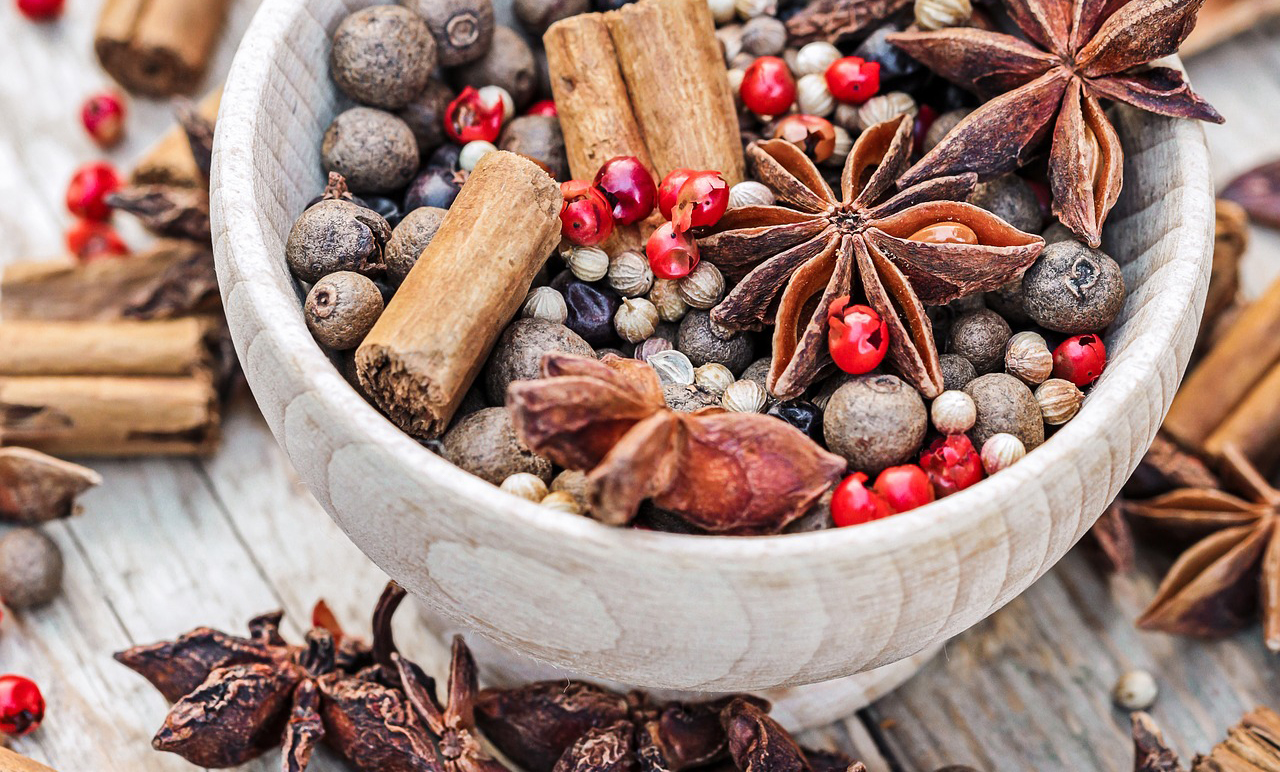

















Leave a Comment